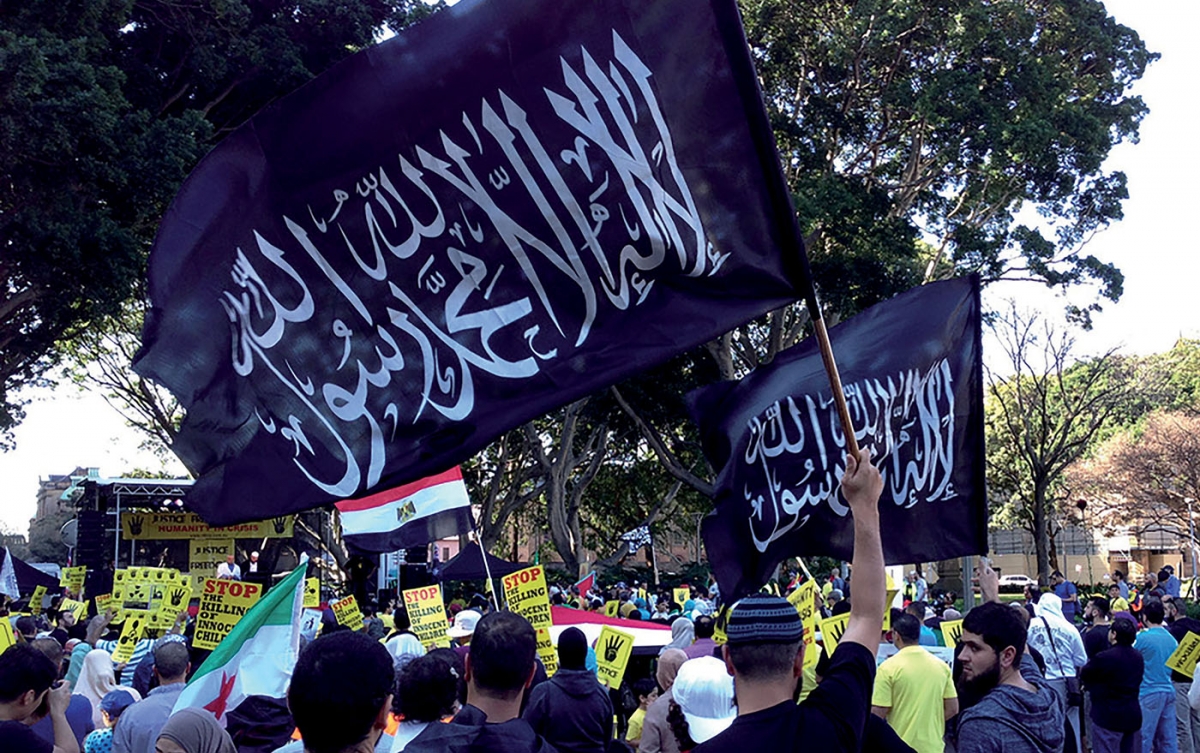Asian Studies. On disciplines and regions
<p>The field of Asian Studies is by nature inter-disciplinary; yet it would do well to also become more inter-regional. In my view, the most interesting works in Asian Studies are not only those that are deliberately located at the intersections of disciplines (e.g., politics and sociology or economics and history), rather than positioned within the conventions and orthodoxies of single disciplines, but also those with themes that focus on the intersections between different (sub)regions of Asia. Otherwise, the adjective ‘Asian’ just gets added on for the purpose of staking a geographical claim to a work, without necessarily producing fresh perspectives. Inter-regional research has the potential to better reveal social processes that could otherwise go by unnoticed. I am keen to encourage those working in the field of Asian Studies, young scholars in particular, to not just think interdisciplinarily, but also inter-regionally.</p>
I hope to have practiced some of what I preach in my own recent book, Islamic Populism in Indonesia and the Middle East (Cambridge University Press, 2016). While an interest in bringing together political economy and historical sociology guided the theoretical approach applied in the study, the comparative work dealt with cases in the Middle East (Turkey and Egypt) and Southeast Asia (Indonesia). I felt that the exercise necessitated immersion into a set of literature pertaining to a region that I had not worked on before, in this case the Middle East. My hope was that by comparing the evolution of Islamic politics in my main country of expertise, Indonesia, with the evolution of Islamic politics well-beyond Southeast Asia, my research might yield different kinds of insights than would a study comparing Indonesia to, say, Malaysia or the Philippines.
In my work,1 I found that there were many useful comparisons to be made between Indonesian and Middle Eastern experiences, in terms of the evolution of what I call Islamic populism. Apart from the obvious fact that Indonesia, Turkey and Egypt are major Islamic-majority societies, their experiences of state formation and capitalist development, the Cold War, as well as integration into neoliberal globalisation processes, have been important in all three cases. The Cold War was pivotal in the way that Islamic forces were co-opted by secular nationalist elites that held state power in battles against the Left, but were nevertheless marginalised socially and politically throughout a large part of the economic modernisation process. This meant that Islamic lenses helped to develop new worldviews in relation to the new social dislocations and contradictions that accompanied social change in these societies, especially in the phase of neoliberal globalisation.
In other words, all of these countries have had social problems that can be traced to skewed development processes, to which Islamic populism can be seen as a response. These have included social disparities as expressed in the proliferation of a new urban poor as well as large cohorts of educated youths who are either unemployed or have little prospect of meaningful employment. In spite of the grand promises of modernity, their hopes of social and material advancement do not match their actual life-chances. Islam came to articulate social dissent under such conditions that were furthermore marked by the decline – or in the case of Indonesia, the complete vanquishing – of the Left and the relative weakness of political liberalism.
But, the outcomes of these social processes and the struggles of Islamic populism would be vastly different. In Turkey, they came together eventually under the now-ruling AKP (Justice and Development Party) that gained power democratically (in spite of its current authoritarian proclivities). In Egypt, until the Arab Spring, a highly suppressed Islamic populism led by the Muslim Brotherhood dominated the political opposition and civil society for decades, but was still unable to gain control of the state. Once it did, that control only lasted briefly and would have disastrous consequences. In Indonesia, yet another distinct trajectory can be identified. This is one of the continual failures of Islamic movements to win state power or dominate political opposition in both the eras of authoritarianism and democracy.
The project of my book was therefore to examine and explain these different trajectories, which I did largely on the basis of the successes or failures of Islamic populism to forge a project underpinned by coherent cross-class alliances. I would suggest that the sort of questions the book asks would not have come about had the comparisons been undertaken with countries that share the sub-region of Southeast Asia with Indonesia.
Vedi Hadiz, Asia Institute, University of Melbourne (vedi.hadiz@unimelb.edu.au)
